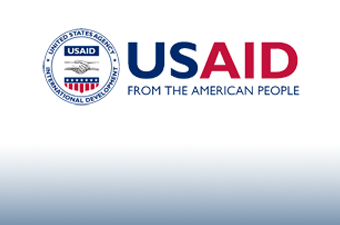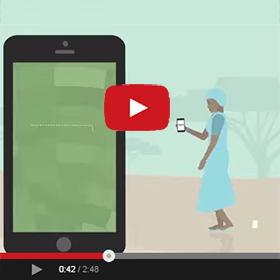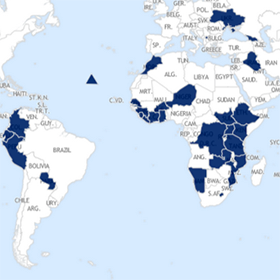
Tanzania’s property rights and resource governance systems have been in flux for more than 50 years. Just prior to independence in 1961, the British colonial government attempted to introduce the concept of freehold land ownership, but the proposal was rejected by TANU, the Tanzanian political party that took power when independence was granted. Instead, the new President of Tanzania, Julius Nyerere, developed and applied the concept of “African socialism,” an initiative that transferred the customary land rights of ethnic groups and clans to newly established elected village councils and encouraged collective cultivation of the land. A series of laws enacted throughout the 1960s provided the framework for this new system of property rights and resource governance, all of which reinforced the authority of the state (and specifically the President) to allocate and designate the uses of Tanzania’s natural resources. While the approaches embodied in these new laws were embraced by some, such as women, who found their access to and security in landholdings improved, the laws did not foster greater investment, sound resource management, or adequate rates of economic growth. Preference for individually allocated and individually cultivated farmland was strong. The sometimes forced movement of people into villages under the policy of ujamaa (collective production) resulted in better health and education services and the creation of a “Tanzanian” identity, but it was by all accounts not an economic success. The country remained among the poorest in the world.
When President Nyerere left power in 1985, the new government of President Mwinyi began to chart new directions for Tanzania’s economy and society. By the early 1990s, it was apparent that a new approach to property rights and resource governance was needed, and steps were taken, including the establishment of a Presidential Commission of Inquiry regarding Land Matters (the Shivji Commission), to define it. In general, the approach involved a gradual transition to a legal framework that supports private property rights (while still granting the President ultimate authority over all land), permits individualized (rather than collective) control of resources in farming areas, and promotes private investments that utilize Tanzania’s natural resources for economic gain. The legal framing of this approach has also integrated initiatives that recognize aspects of customary tenure that were, in theory, abolished in the ujamaa period; retained the rights that women were granted in that period; and continued some of the laws regarding communal management of rangeland, forests and wildlife, especially with the idea of preserving Tanzania’s great national wealth of wild animals. The door has been opened wide (too wide, some say) to foreign investors.
The new legal framework governing land has been more difficult to put into practice than anticipated, and the process that was followed in developing many elements of the law has encouraged those who feel their views are not yet adequately reflected to maintain an activist stance. In 2006, the government issued its Strategic Plan for the Implementation of the Land Acts (SPILL) to guide the implementation efforts. Additional legislation affecting resource governance – regarding water (2009), management of deforestation and the environment (in process), and mining (2010) – has been prepared or come into force. Thus, Tanzania has set itself an ambitious agenda of policy and legal reform regarding property rights and resource governance that is not yet complete. Just how it will play out in coming decades will depend on national and local government capacity to grasp and manage details of administration; adequate mechanisms for the adjudication of disputes; and whether the legal structures prove to be responsive to the evolving social, political, environmental and economic priorities of the country.




